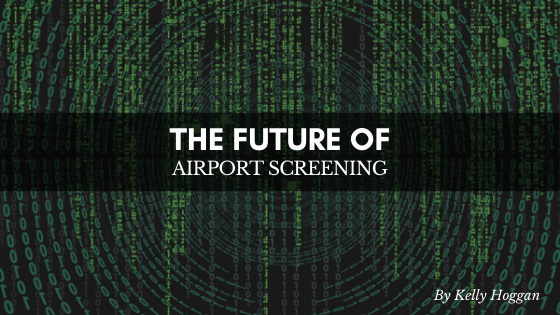In response to the COVID-19 pandemic, airports across the world shut down nearly all air traffic as part of the effort to contain the spread of the disease. Some countries are planning to begin the process of re-opening, creating opportunities for travel once again as people emerge into the world after months of self-isolation.
Understandably, the lifting of stay-at-home orders comes as a welcome relief to billions of people around the world with cabin fever. Many people who still have the financial ability will want to travel, often through airports.
However, due to technological advances that were in the works before the novel coronavirus outbreaks as well as changes due to the disease, the face of travel could easily look completely different in the post-coronavirus era. Here is what you can expect to experience in the way of air travel changes regarding security screening measures.
Security Checkpoints
Most travelers are well-accustomed to the extensive security protocol that was introduced to the airline industry following the September 11 attacks. For frequent flyers, taking off belts and shoes and removing liquids from their luggage comes as second nature.
Frequent passengers have expressed concern regarding long lines, wait times, and other general inconveniences that inherently accompany the thorough measures. Fortunately, new technology is paving the way for a more streamlined experience.
Walk-Through Security Scanning
Because airports are busy places and resources are limited, expediting the security screening process is a priority to keep business flowing. One proposal for quick and effective screening is a new system of “walk-through security scanning” in which they analyze passengers as they walk through a corridor, alerting airport security personnel of suspicious images that it captures. These scanners can be coupled with biotechnology that further enhances the success and expediency of the process.
The cameras will enable security personnel to monitor threats from afar, and actively resolve issues when their equipment identifies a potential threat.
Proponents of this new technology say that, in addition to streamlining security checkpoint processes, it will also enhance the ability of aviation security experts to identify threats when they present themselves.
An added benefit is the cost savings that these new measures offer. Presently, airport security costs billions of dollars per year, and reducing that cost can allow airports to dedicate those funds to other areas.


